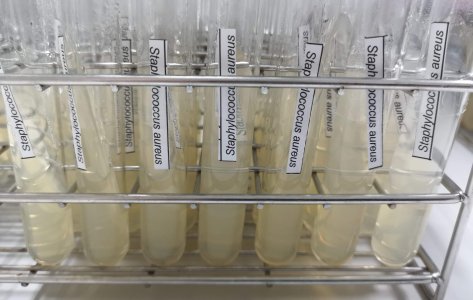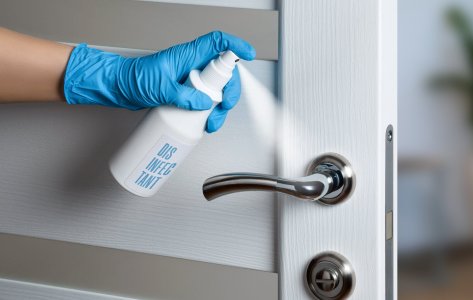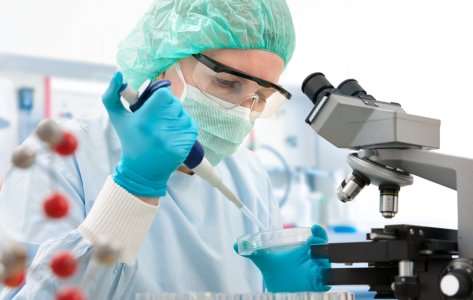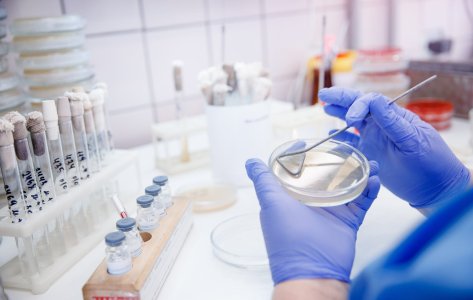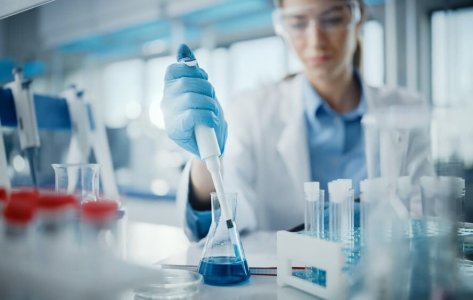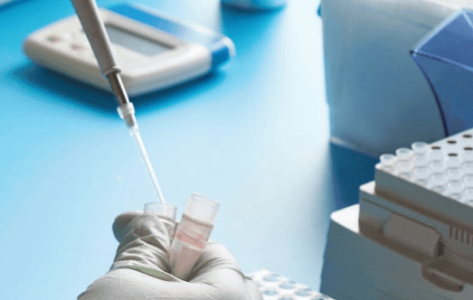- Swiss testing laboratory
ASTM E2871-21

Hassle-free testing experience
Need to get a product tested? No worries! To and fro logistics are on us; we collect your products, test them and, deliver them back to you.
Related tests for you
Quick understanding of the test
ASTM E2871-21 - Test method for determining disinfectant efficacy against biofilm grown in the CDC biofilm reactor using the single tube method
Application
Mandatory test strains
- Pseudomonas aeruginosa
- Staphylococcus aureus
- Bacterial biofilms are grown on borosilicate glass coupons in a CDC Biofilm reactor.
- Coupons are challenged with disinfectant or buffer solutions and incubated for a specified time.
- Post-incubation, neutralization, vortexing, and sonication are performed to remove biofilms.
- The biofilm suspension is diluted, plated, and incubated to quantify viable bacterial cells.
- Ensures disinfectant efficacy against resilient biofilm bacteria.
- Helps improve hygiene and safety standards in critical sectors by verifying product efficacy.
Turnaround Time
Passing criteria
The disinfectant must achieve a significant log10 reduction to be considered effective against biofilms.
Do you have a product that needs testing?
Abstract
ASTM E2871 describes the single-tube method for assessing the efficacy of disinfectants against bacterial biofilms grown in the CDC biofilm reactor. These disinfectant products are primarily utilized in medical, pharmaceutical, and food areas to ensure thorough and effective disinfection.
Vegetative biofilm bacteria possess a complex extracellular matrix and are phenotypically different from free-floating bacterial cells (planktonic cells) of the same genotype. The primary purpose of using biofilm growth reactors is to produce biofilms with specific characteristics as per experiment needs.CDC biofilm reactors provide controlled and reproducible conditions for growing and analyzing their diverse characteristics. Biofilms cultivated in CDC reactors are representative of biofilms that grow under high fluid shear on surfaces favorable to biofilm formation.
ASTM E2871 Test Method
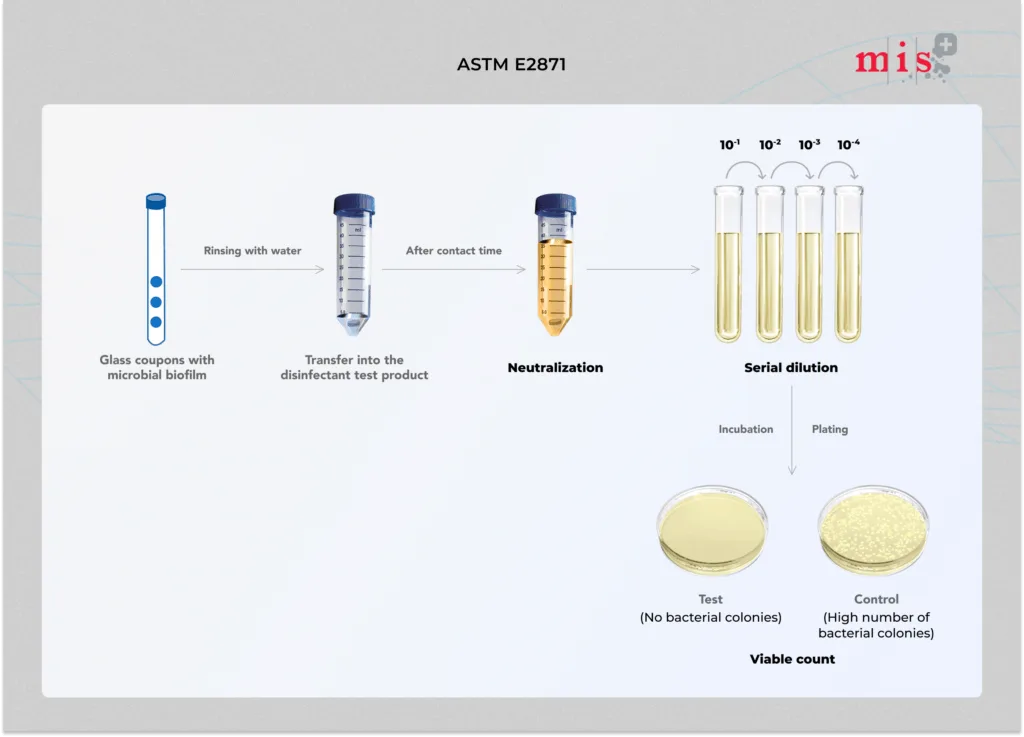
- Three treated (disinfectant) and three untreated (a buffer solution) are required for ASTM E2871 test.
- Bacterial biofilms are grown on borosilicate glass coupons (biofilm growth surfaces) in the CDC Biofilm reactor.
- Coupons are aseptically removed from CDC reactor and transferred individually into 50-mL conical tubes. 3 coupons are challenged with disinfectant samples while other 3 are exposed to buffer solutions.
- All conical tubes are incubated at 20 ± 1°C for the specified contact time.
- At the end of the contact time, neutralizer is added to each tube to stop further reaction.
- In the next step, tubes are subjected to vortexing and sonication to remove biofilms from coupons.
- Biofilm suspension is diluted, plated and incubated at 36 ± 2°C for 24 to 28 h to determine the number of viable bacterial cells.
- After the incubation period, the biofilm density is quantified as Log10 reduction colony-forming units per treated coupon. Product efficacy is subsequently expressed as a Log10 reduction of viable cells.
Importance of ASTM E2871 Test
Bacterial biofilm formation exhibits increased resistance to antimicrobial treatments and great potential to harbor in hard conditions. This in turn compromises hygiene and safety in critical sectors such as healthcare, food processing, and homes. It becomes imperative to use disinfectants that have the ability to target and destroy bacterial biofilms.
ASTM E287 describes a biofilm testing method for assessing the performance of disinfectants against bacterial biofilms. In other words, this method helps disinfectant manufacturers/ companies to improve their product’s performance and develop effective products that combat biofilms, thereby enhancing hygiene and safety standards.
Conclusion
At MIS, we specialize in conducting ASTM E2871 tests that are tailored to align with the unique product requirements of our clients.
In our ongoing commitment to assist clients in the advancement of high-performance antimicrobial products, we have implemented a robust and comprehensive testing system designed to assess both quality and precision.
Furthermore, we offer ASTM E2799 test for assessment of disinfectant efficacy against Pseudomonas aeruginosa Biofilm using the MBEC Assay
To get a quote on ASTM E2799 testing services, please reach out to our experts here.
Frequently Asked Questions

DR. Martinoz Scholtz
ASTM E2871 determines disinfectant efficacy against biofilm grown in the CDC biofilm reactor using the single tube method. This efficacy test is designed to assess the Log10 reduction in viable cells when exposed to disinfectant within a closed system.
ASTM E2871 test is applicable for disinfectants having efficacy against bacterial biofilms, particularly those intended for use in medical, food, and domestic settings.
ASTM E2871 test takes 4-5 weeks to complete.
Meet the best of the blend of
R&D, Efficacy Testing,
Innovation and Passionate
Experts at MIS.
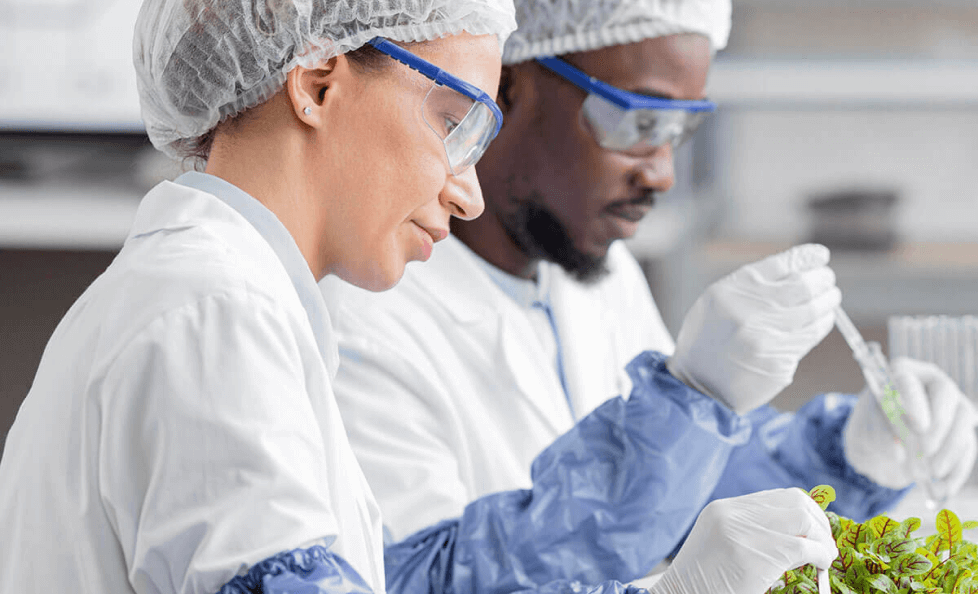
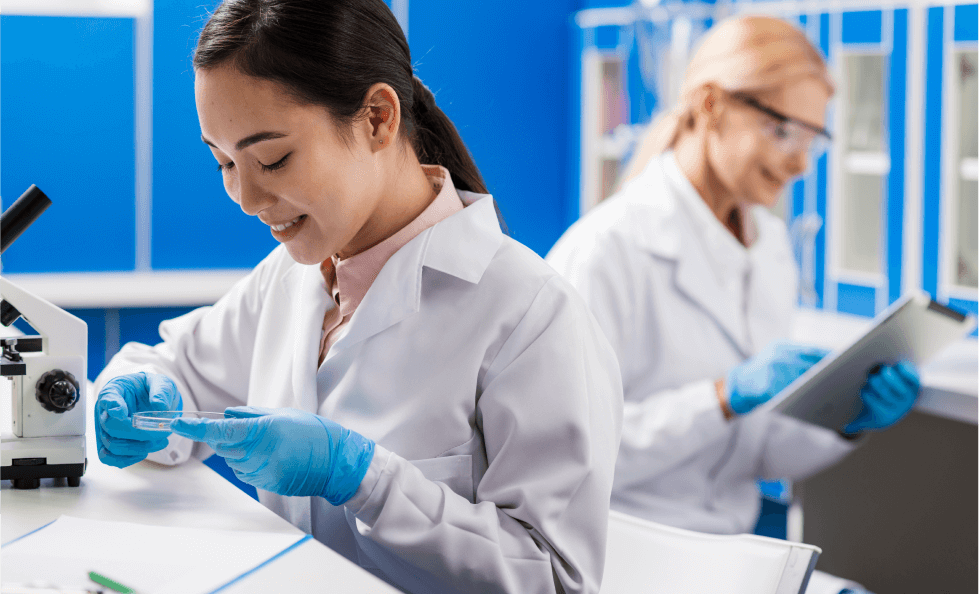
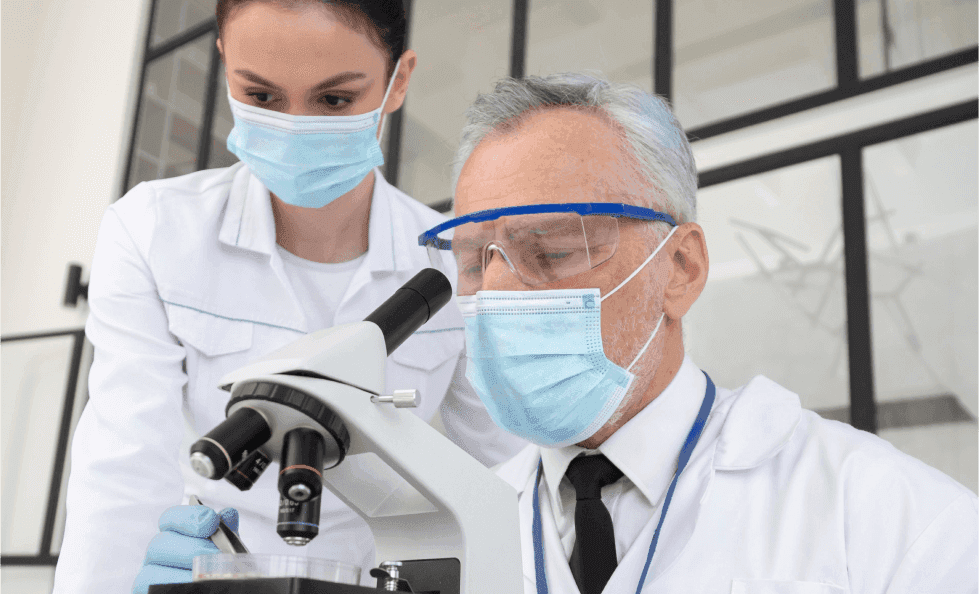
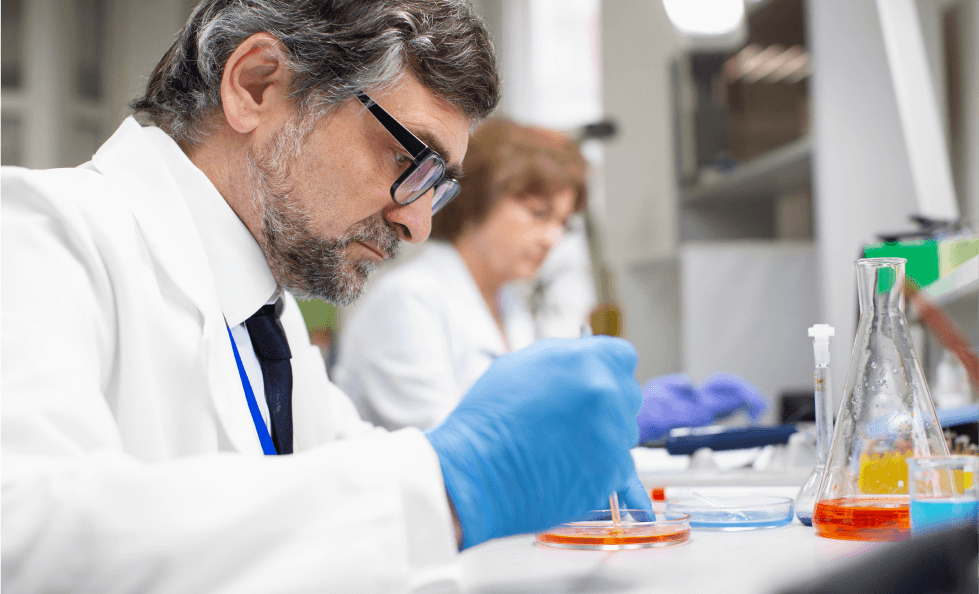
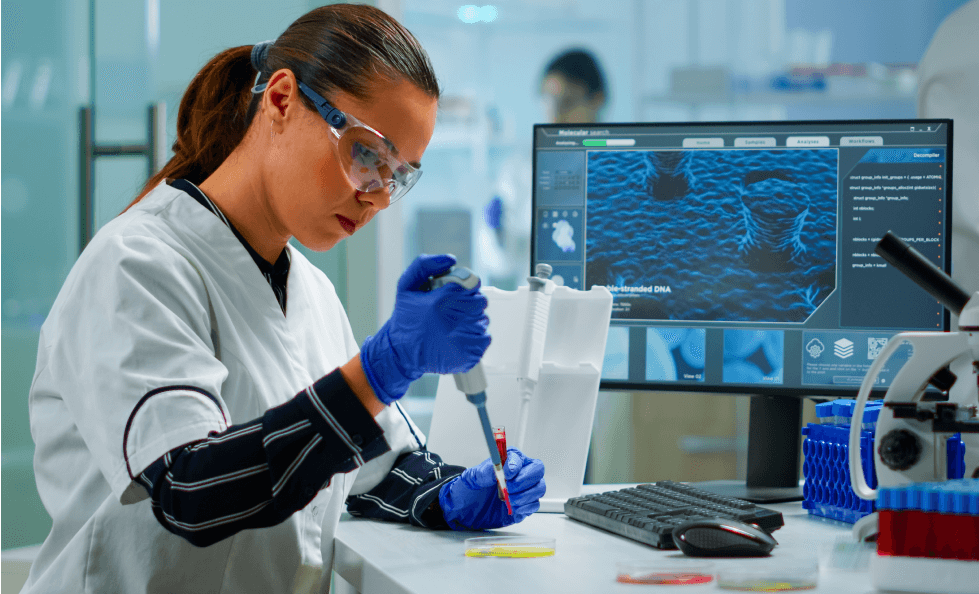
Explore More
Did you know there are
Antibacterial testing of disinfectants plays
Antimicrobial testing is important to
Antibacterial efficacy testing is an
Understanding EN 1040 standard is
Let’s face it, we are
